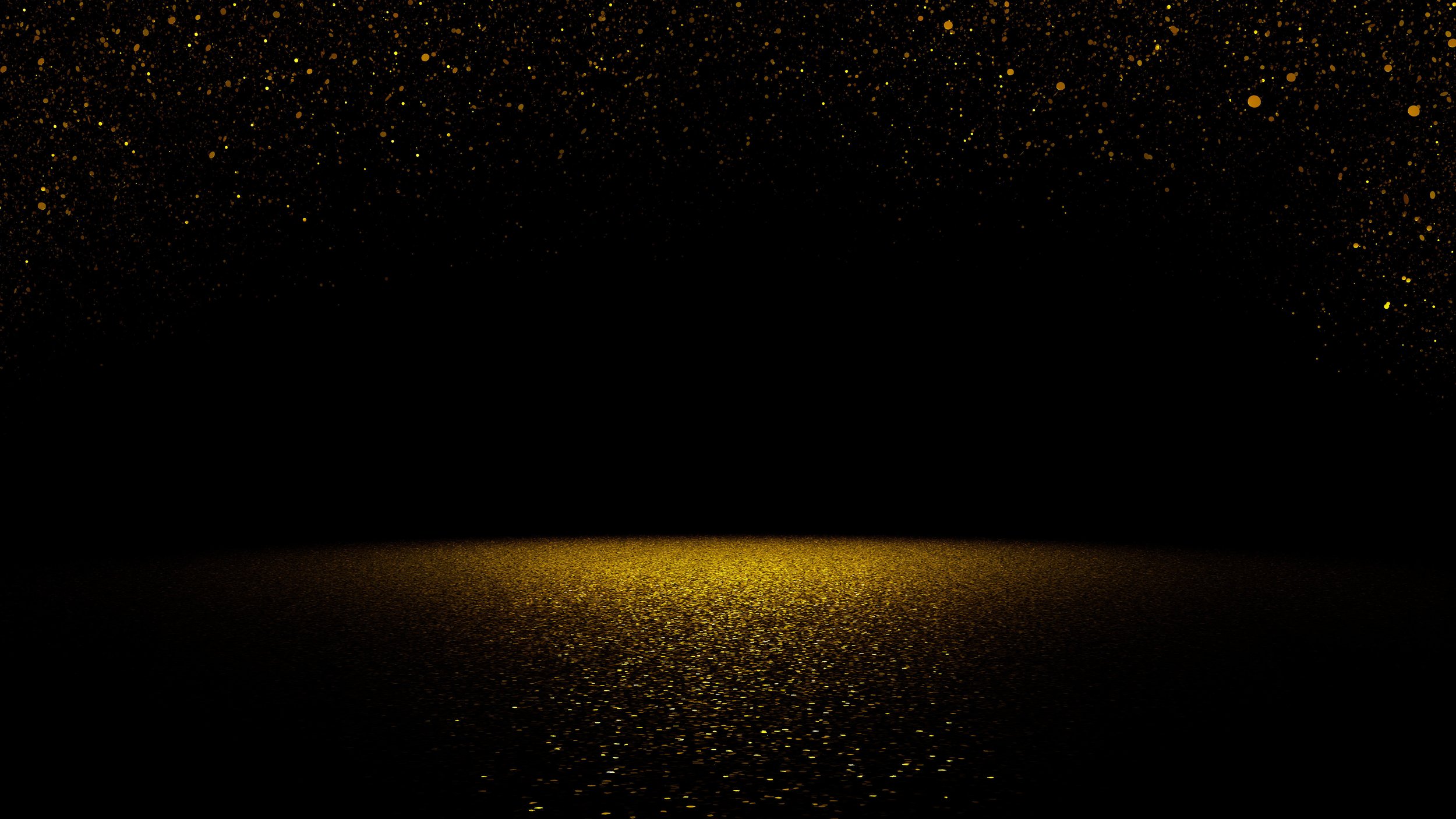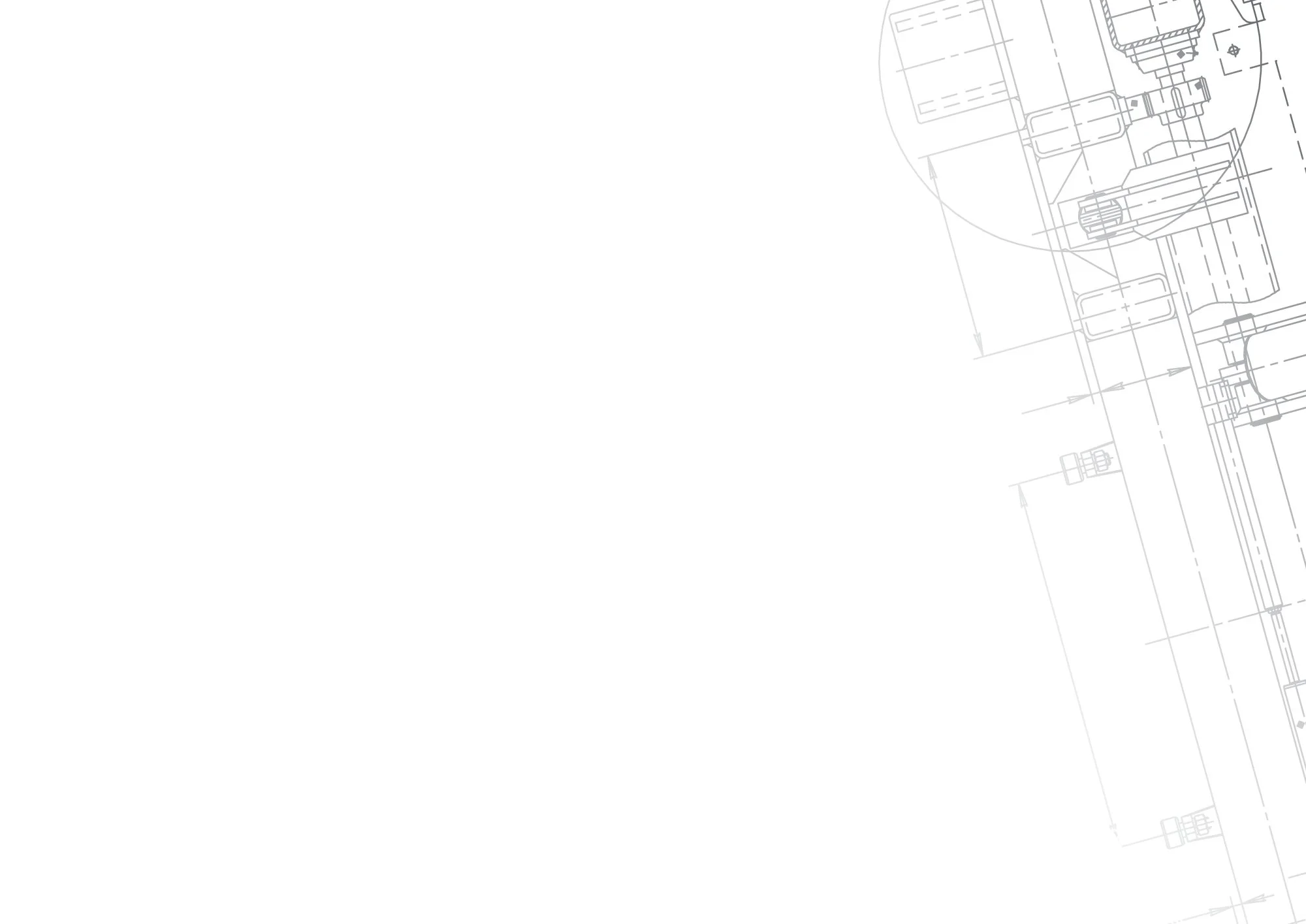
ATC Flagship Series
Sputtering Systems

General Information
AJA International ATC Flagship Series Sputtering Systems are versatile PVD coating tools which can be built in a variety of configurations to satisfy most requirements. These systems are built around AJA's unique A300-XP (UHV) or Stiletto Series (HV) magnetron sputtering sources which feature in-situ source head tilting allowing precise and repeatable con-focal, direct, and off-axis thin film deposition. All systems include a heavy duty hoist to lift the chamber top for system access.
Substrate holders with heating or cooling from 25mm to 300mm Ø are available on these machines. AJA magnetron sputter sources from 1"-12" Ø, plus rectangular, triangular and turret sputter sources can be incorporated. The maximum number of sputter sources will depend on the substrate size, configuration and magnetron sputter source size. For example, the ATC 1800 can be fitted with (5) 2" magnetrons with in-situ tilt. Consult the factory for optimum configuration. These versatile sputtering systems can be also fitted with other deposition sources (e-beam evaporation, thermal evaporation and PLD) , ion sources, facing target sputtering sources (FTS), contact masking systems, metal-sealed tops, bake jackets, glove boxes, cassettes, auto-loading and analytical tools (RHEED, XPS, Auger, RGA, Ellipsometers and MOS).
LabVIEW based computer control and either turbomolecular or cryopumping are utilized depending on the application. ATC Flagship Systems can also be easily connected to each other or to ATC Orion Systems for multi-chamber (e.g. metal/oxide) or multi-technique (e.g. sputter/e-beam evaporation/thermal evaporation/PLD/ion milling/analytical) configurations.

Magnetron Sputtering Source Configurations
AJA's exclusive Stiletto (HV) and A300 (UHV) Series Magnetron Sputtering Sources are designed for maximum application flexibility. These unique sources feature a modular magnet array which can be configured by the customer to operate in the nearly-balanced, unbalanced (Type II) and magnetic material modes. Gas injection chimneys and shutter systems are incorporated to facilitate in-situ tilting and prevent cross-contamination and target poisoning. 3" and 4" sources can be operated at pressures below 4 x 10-4Torr in combination with an ion source to perform IBAD at half the price and complexity of an ion beam assisted ion beam sputtering system.
(11) 2” UHV magnetron sputtering sources in confocal arrangement
(6) 3” UHV magnetron sputtering sources in confocal arrangement, (1) 3” sputter source in direct deposition orientation
(5) 4” UHV magnetron sputtering sources in confocal arrangement
Up to (5) 3” UHV magnetron sputtering sources in confocal arrangement, (1) 6” UHV sputter source for direct deposition
(8) 2” UHV magnetron sputtering sources in confocal geometry, (2) custom anti-shorting sputtering sources optimized for chalcogenide materials
Accommodates up to (13) sputtering sources with confocal, direct and off-axis orientation
Direct deposition orientation with combination of 1.5” and 2” UHV magnetron sputtering sources
(11) 2” UHV magnetron sputtering sources in direct deposition orientation with 4cm gridded DC ion source
SiO2 film thickness measurements over
a 150 mm diameter Si wafer coated in a
standard ATC 2200. This particular ATC
2200 was configured with (6) 3" A330-XP
UHV magnetron sputter sources featuring
in-situ tilt. This film was deposited by a
single 3" source in a single run and achieves
+/- 1.17% uniformity over 140mm diameter.
Typical Rate/Uniformity Data
The ATC Series Thin Film Deposition Systems can be configured for con-focal, direct, and off-axis deposition. Con-focal deposition with in-situ tilt sputter sources (AJA pioneered and developed this concept in 1991) can deliver uniformity of better than +/- 2% on substrates twice the diameter of the targets. Often +/- 1% or better is achievable. A typical deposition profile with SiO2 on a 6" diameter Si wafer is shown.
Deposition rate is a function of sputter yield of the material, maximum allowable power density into the target (depends on heat transfer capability of target material), and type of power used (e.g. RF, DC, pulsed DC).
Maximum deposition rates are achieved with materials such as Au - high sputter yield, excellent heat transfer material and can be sputtered with DC (most efficient). Slow deposition rates can be expected with materials such as Al2O3 - very low sputter yield, poor heat transfer material and must be sputtered with RF (1/2 the efficiency of DC). Typical rates are 0-18 Å/sec with Au, 0-9 Å/sec with Cu and 0-0.16 Å/sec with Al2O3 in a confocal configuration with 2" sources on a 100 mm diameter substrate. Off-axis deposition rates are typically 1-5 times lower than con-focal deposition rates depending on substrate size and system configuration.
Direct deposition at short working distances (50-100 mm) can achieve rates as high as 300 Å/sec but con-focal geometry results in much better uniformity, the ability to co-deposit alloy films and the ability to grow better ultra-thin film multilayers since the substrate is always "in the plasma." The cost of the smaller targets employed in con-focal configurations can also significantly reduce operating cost. The ultimate system configuration offered will always depend on the application.

Substrate Holders - Heating/Cooling
The ATC Series Thin Film Deposition Systems are available with either motorized, rotating, substrate holders (for con-focal configurations) or "T" arm substrate holders (for direct deposition). AJA's experienced design and manufacturing team also offers custom substrate holders to satisfy unique requirements. SHQ and SHQ-KC5 Series substrate heaters can achieve temperatures of up to 1000°C and can be fitted with reactive gas injection rings, substrate RF/DC bias capability for pre-cleaning and ion assisted deposition, in-situ manual or motorized Z motion for working distance adjustment and load-lock transfer, transverse magnetic field with in-situ orientation adjustment between layers and in-situ mask exchange (available with certain configurations). Indexing for "T" arms and for gradient depositions on rotating holders is accomplished with precise stepper motor systems. Electronic triggers for analytical applications are also available.
AJA manufactures its own PID based temperature controllers for rotation and Z motion. AJA SHQ Series substrate heaters utilize cost effective, durable, fast cycling, quartz halogen lamp technology while the highest temperatures are achieved with 5-lamp heaters.
Custom cooled substrate carriers (water/LN2/backside gas) are also available depending on the requirement.
Phase II-Au Computer Control
The AJA LabVIEW based Phase II-Au computer control system is used on all Deposition Systems. This straightforward, user friendly control system utilizes a large 22” articulating screen with wireless keyboard and mouse. The back panel of the hardware module is populated with connectors to interface to all aspects of the sputtering system and to allow for easy future "plug and play" upgrades/expansions.
The Phase II-Au control system allows the user to operate in either the “manual mode” or the “automated processing mode.” In the, “automated processing mode” the user designs "process layers” which are then compiled and saved as a “process” to be executed with a single command. The system allows up to 104 unique user entry points which are accessible only by password, limiting access to a user’s process layers and thereby preventing unexpected corruption of a user’s saved processes. Special “soak layers” can be easily incorporated into the process. Adjustable time base Data-logging to a Microsoft Excel spreadsheet is standard. Remote preparation of new processes in a Microsoft Excel spreadsheet emulator format is available as an option.
The standard Phase II-Au control system will accommodate up to (5) DC power supplies, (4) RF power supplies, (1) 4-way DC switchbox, (1) 4-way RF switchbox, (4) process gases, (24) Valves/shutters, (1) DC ion source, down stream closed loop automatic pressure control, substrate rotation and substrate temperature control. Processes are aborted if plasma is not detected, substrate temperature, process gas or chamber pressure is out of range.
























